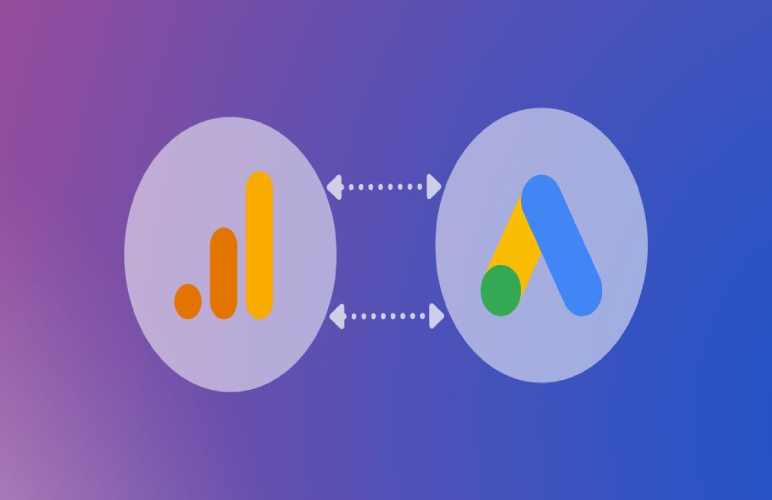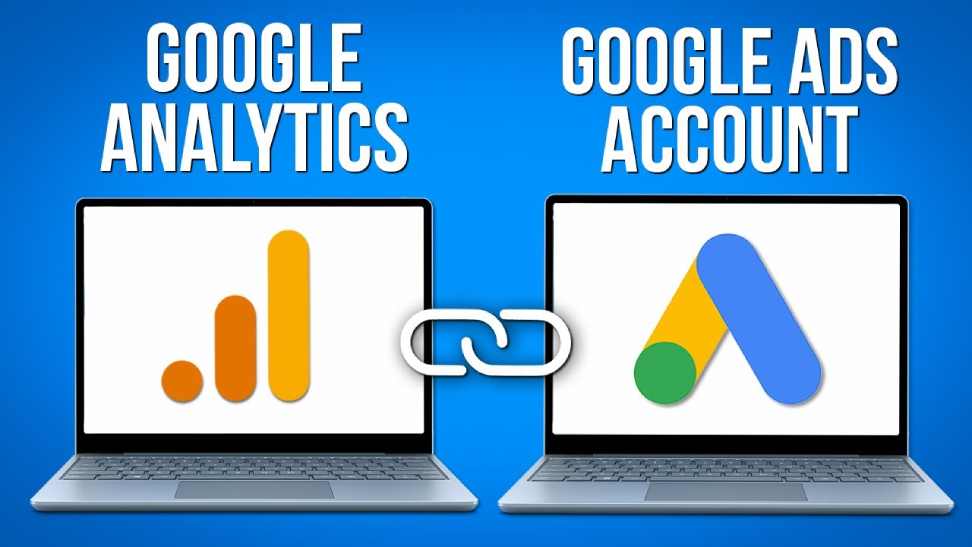Linking Google Ads and Google Analytics is a match made in marketing heaven. It unlocks a treasure trove of data, giving you a holistic view of your advertising efforts. But even this powerful combination has its limitations. While it offers a wealth of insights, there are certain actions you can’t perform directly within Google Analytics after linking your Google Ads account.
This blog post dives into the functionalities that remain outside the realm of linked Google Ads and Analytics. We’ll explore what you can’t do and offer alternative solutions to bridge these gaps.
1. Bidding Adjustments within Analytics

One of the key limitations is the inability to directly adjust keyword bids in Google Ads from within Google Analytics. While you can see valuable performance metrics like clicks, impressions, cost-per-click (CPC), and bounce rate in Analytics, you can’t leverage this data to make on-the-spot bid adjustments within the same platform.
Alternative Solutions:
- Import Goals and Transactions: Link your Analytics goals (e.g., purchases, sign-ups) and even eCommerce transactions to Google Ads. This allows you to optimize bids based on conversions directly within Google Ads.
- Utilize Automated Bidding Strategies: Google Ads offers automated bid strategies like “Maximize Conversions” or “Target CPA” that leverage your conversion data to automatically adjust bids for optimal performance.
- Segment Reports: Segment your Google Ads reports by various criteria like keyword or campaign within Google Ads. Analyze performance for specific segments in Analytics and use those insights to inform manual bidding adjustments back in Google Ads.
2. Direct Creation of Remarketing Lists

Another functionality absent in linked Google Ads and Analytics is the direct creation of remarketing lists within Analytics. You can’t build audiences based on website behavior directly from Analytics.
Alternative Solutions:
- Leverage Google Analytics Audiences: Google Analytics offers its own audience creation tool. Build audiences based on website behavior and demographics within Analytics. However, you can’t directly use these audiences for Google Ads remarketing campaigns.
- Export Audiences to Google Ads: The workaround here is to export your Analytics audiences and then import them into Google Ads for use in remarketing campaigns.
3. Editing Google Ads Campaigns
While you can see an overview of your Google Ads campaigns within linked Analytics, you can’t edit campaign settings or ad copy directly within Analytics.
Alternative Solutions:
- Seamless Navigation: The linking process streamlines navigation between platforms. Click directly on campaign names within Analytics to be taken to the corresponding campaign in Google Ads for editing.
4. Data Discrepancies
There’s a possibility you might encounter slight data discrepancies between Google Ads and Analytics. This can be due to factors like attribution models, measurement discrepancies, and data processing timelines.
Alternative Solutions:
- Understand Discrepancies: Be aware of potential reasons for discrepancies and interpret data with this in mind.
- Focus on Trends: While absolute numbers might differ slightly, analyze trends over time to gain valuable insights into campaign performance.
- Utilize Data Studio: Consider using Google Data Studio to create custom reports that combine data from both platforms for a more holistic view.
5. Limited Customization within Analytics Reports
While linking unlocks a wealth of data in Analytics reports, you might find limitations in terms of customization compared to native Google Ads reporting.
Alternative Solutions:
- Utilize Custom Reports: Google Analytics offers the ability to create custom reports with specific dimensions and metrics tailored to your needs.
- Advanced Segments: Leverage advanced segmentation within Analytics reports to drill down on specific campaign elements or user behavior for a more granular view.
6. Real-time Data Limitations
While both platforms offer real-time data to some extent, there might be a slight delay in data reflection after linking.
Alternative Solutions:
- Set Realistic Expectations: Understand that real-time data might not be instantaneous across both platforms.
- Focus on Trends and Insights: Use real-time data for immediate insights but focus on trends and historical data for a more comprehensive understanding of campaign performance.
Beyond the Limitations: The Power of Linked Accounts
Even with these limitations, linking Google Ads and Analytics offers a significant advantage. Here’s how it empowers your marketing efforts:
- Unified Customer Journey View: See the complete picture, from ad click to website behavior and conversion.
- Data-Driven Optimization: Make informed decisions about your campaigns based on a combination of ad performance and user behavior data.
- Enhanced Reporting: Gain deeper insights into campaign effectiveness with richer data sets.
- Improved Relevancy: Refine your targeting and messaging based on user behavior gleaned from Analytics.
- Streamlined Workflow: Work more efficiently by having key data readily available across both platforms.
Also Read:-
- The Engine Powering Google Ads Automated Strategies
- Demystifying Auto-Tagging: The Power of GCLID in Google Ads
- Cracking the Code: Unveiling the 3 Essential Campaign Parameters for Manual Tracking
Feature image source:- https://tinyurl.com/3kaep922

